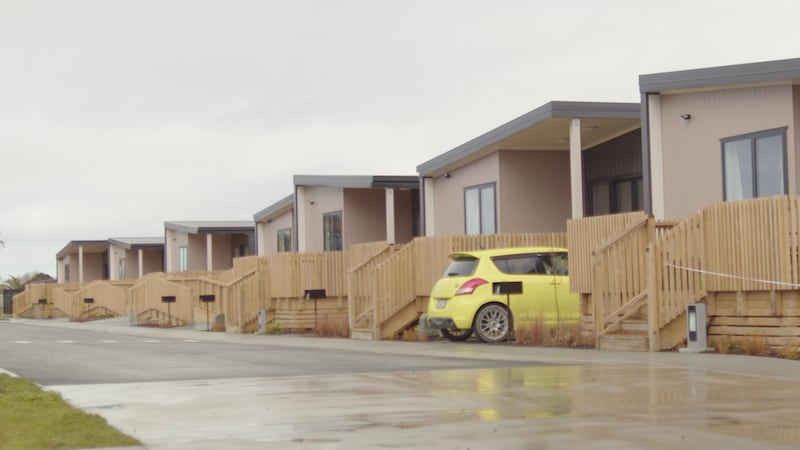The Hawke’s Bay town of Te Wairoa has the highest rate of people in arrears across the country, with more than 18% of its population behind on payments.
The data comes from Centrix’s latest June credit indicator, which highlights a stark divide — with prominently Māori communities making up the region’s most affected by consumer debt.
Alongside Wairoa, towns like Kawerau, Gisborne, and Ōpōtiki also feature high on the list for overdue repayments, while areas with the lowest arrears include Tasman, Nelson City, and Central Otago.
Consumer arrears include missed payments on loans, electricity, insurance, and other household bills.
However, due to the ongoing effects of Cyclone Gabrielle, which have left large numbers of Wairoa’s population homeless, in temporary housing, and without work, the community is trying to make a change.
Lewis Rātapu, CEO of Tātau Tātau o Te Wairoa, says his town is facing hardship in everyday situations.
“Our focus, probably, in the next few years is going to be around education and training of our young people, because we can build all of these houses and we can build all of these orchards. But, without our future generations coming through into these leadership areas, these trades, it’s all for nothing.”
Wairoa statistics
Since the Cyclone left Wairoa in a state of despair in 2022, more than 420 new homes are needed to meet current demand and recover from the effects of the Cyclone and last year’s floods.
Furthermore, more than 57 whānau are living in temporary housing or old, inadequate homes.

Adding to the region’s housing crisis, Wairoa faces unemployment rates nearly double the national average, sitting at 9.9%.
Emily Hiko, a new resident of the Te Rauā housing development, says that despite careful budgeting, the current economic climate remains a constant challenge.
“I know it’s hard. I have probably two meals a day just to make my money spread,” she says.
Emily Hiko, 72, like many others, was left homeless after the severe weather events that have impacted the region in recent years. She spent six months living in her nephew’s uninsulated shed.
Similarly, Lucky Hawkins, another resident of the new Te Rauā housing development, has faced ongoing instability, moving 14 times over the past two years while living in temporary housing.

Hawkins says since moving into her new home, she is now enjoying some of life’s simple luxuries.
“I can get back to normality, a routine, eating better, exercise, which sounds like a luxury, but it wasn’t when you’re living here, there, and everywhere.”
Government support needed urgently
Tata ki te 9000 ngā tāngata e noho ana ki te takiwā o Te Wairoa, ka mutu, ko tētahi haurua o tērā hunga e 25 tau te pakeke heke iho.
Hei tua atu, ko tōna 9.9% o tērā hunga he koremahi.
Hai tā Rātapu ko te pae tawhiti e whāia ana, ko te whakawhānui ake i ngā rawa a Te Wairoa, me te aha, kia whakawhanakehia ngā hunga rā ki ngā pūkenga mahi.
“Our focus, probably, in the next few years is going to be around education and training of our young people, because we can build all of these houses and we can build all of these orchards. But, without our future generations coming through into these leadership areas, these trades, it’s all for nothing.”



